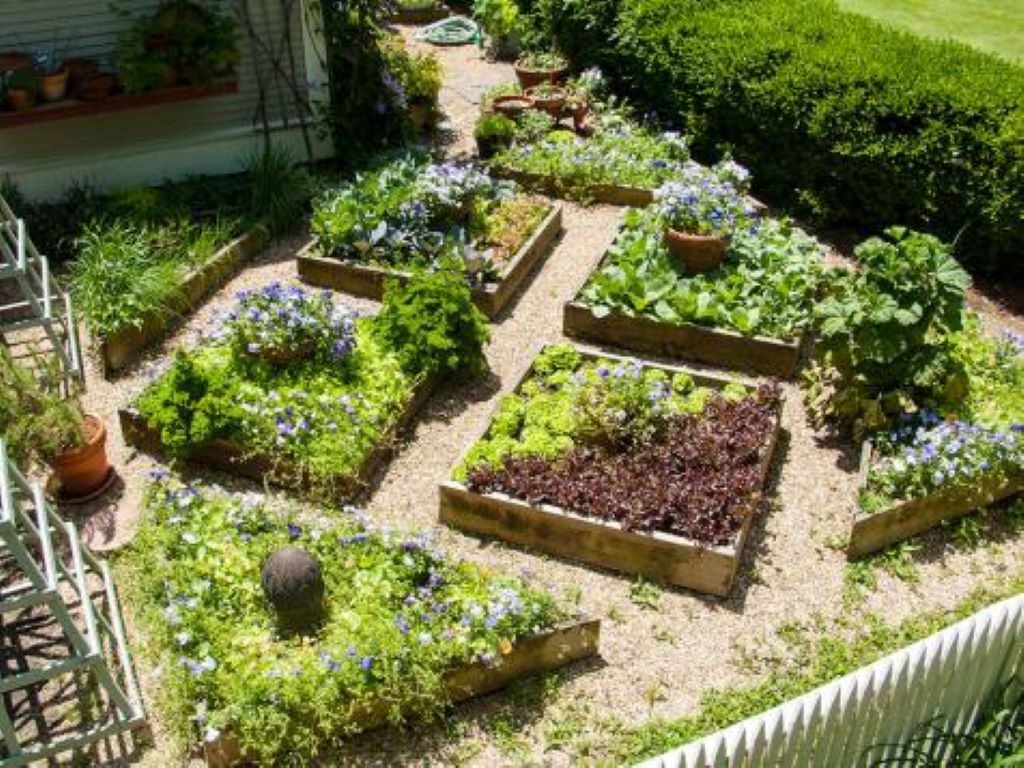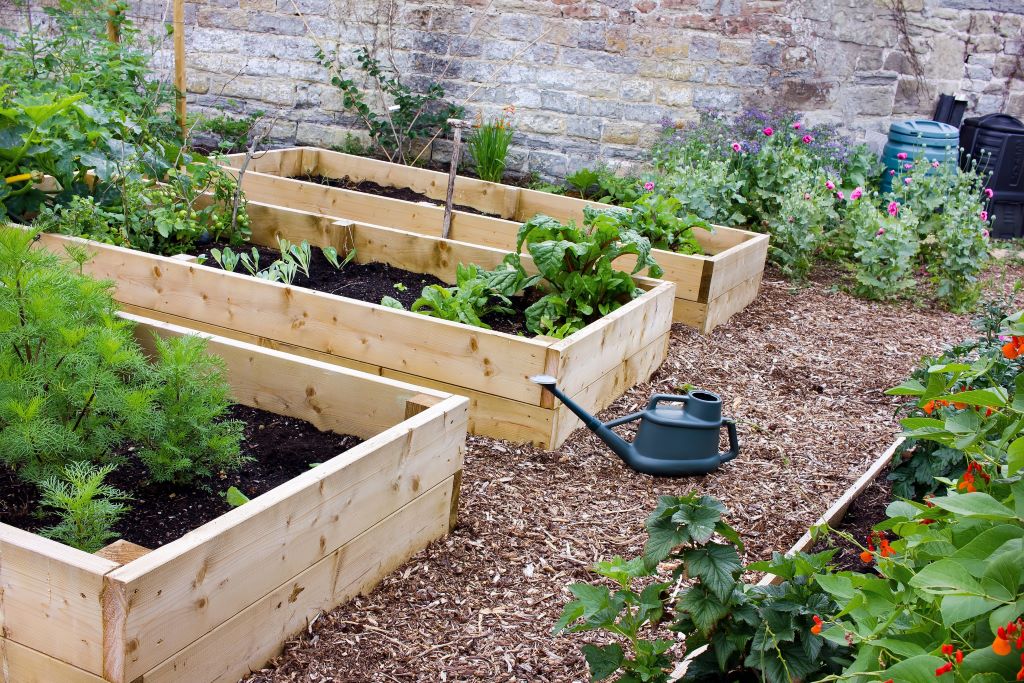
Imagine stepping into your backyard and being greeted by a vibrant tapestry of flourishing vegetables, herbs, and flowers. Raised bed gardening offers a gateway to this delicious and rewarding reality, even for those with limited space or challenging soil conditions.
Why Raised Beds? Advantages Abound
Raised beds are essentially elevated garden plots, offering a multitude of benefits:
- Improved Soil Quality: Unlike traditional in-ground gardens, raised beds allow you to create a customized growing environment with fresh, high-quality potting mix. This translates to better drainage, fewer weeds, and a more fertile haven for your plants to thrive.
- Ergonomics: Raised beds eliminate the need for excessive bending and kneeling, making gardening a more comfortable and accessible activity for people of all ages and abilities.
- Space Optimization: Raised beds are perfect for small yards or patios. They allow you to maximize your growing area and even create vertical gardens by stacking them.
- Soil Temperature Control: Depending on the material used, raised beds can help regulate soil temperature. Dark-colored materials like wood tend to absorb heat, extending the growing season in cooler climates.

Building Your Dream Raised Bed: A Step-by-Step Guide
- Location, Location, Location: Sunlight is key! Choose a spot receiving at least 6-8 hours of direct sunlight daily. Consider factors like access to water and prevailing winds.
- Sizing Up: The ideal size depends on your space and desired plantings. A common recommendation is 4 feet wide for easy access from both sides, with a length and height tailored to your needs.
- Material Matters: Popular options include wood, stone, metal, and even recycled materials like bricks. Choose a material that complements your garden aesthetic and is durable enough to withstand weather conditions.
- Lining Up for Success: Lining your raised bed with weed fabric helps prevent unwanted guests from establishing themselves in your precious growing mix.
- Filling Up with Goodness: Select a high-quality potting mix formulated for raised bed gardening. Avoid using garden soil directly, as it can be compacted and harbor unwanted pests and diseases.
Planting and Maintaining Your Thriving Paradise
- Plant Selection: Research plants suited to your climate and desired harvest. Consider companion planting, where certain plants benefit each other’s growth.
- Planting Power: Follow recommended spacing guidelines for each plant variety to avoid overcrowding and ensure proper air circulation.
- Watering Wisdom: Water deeply and consistently, aiming for the root zone rather than just the surface.
- Feeding Frenzy: Supplement your plants with organic fertilizers throughout the growing season to maintain optimal nutrient levels.
- Weed Warriors: Regularly remove weeds to prevent them from competing for resources with your desired plants.
Beyond the Basics: Unlocking Your Raised Bed’s Potential
- Season Extension: Utilize cold frames or row covers to protect tender plants from unexpected frosts, extending your harvest window.
- Vertical Advantage: Train climbing vegetables like vining tomatoes or pole beans upwards on trellises or netting to maximize vertical space.
- Embrace Succession Planting: Plan your plantings strategically to harvest one crop and follow it with another throughout the season, maximizing your yield.
Related: How to Build a Raised Garden Bed
The Joy of Homegrown Goodness: Reap the Rewards
Raised bed gardening offers a multitude of benefits beyond simply fresh, delicious produce. Studies have shown that gardening reduces stress, promotes physical activity, and fosters a connection with nature source: American Horticultural Society. Imagine the satisfaction of nurturing tiny seedlings into a vibrant bounty, knowing exactly what went into their growth. So, grab your gloves, get creative, and embark on your journey to a flourishing raised bed garden!
Remember: Raised bed gardening is a continuous learning process. Don’t be discouraged by setbacks – embrace them as opportunities to experiment and refine your skills. With a little planning, dedication, and the knowledge gleaned from this guide, you’ll be well on your way to cultivating a backyard oasis overflowing with homegrown goodness.
